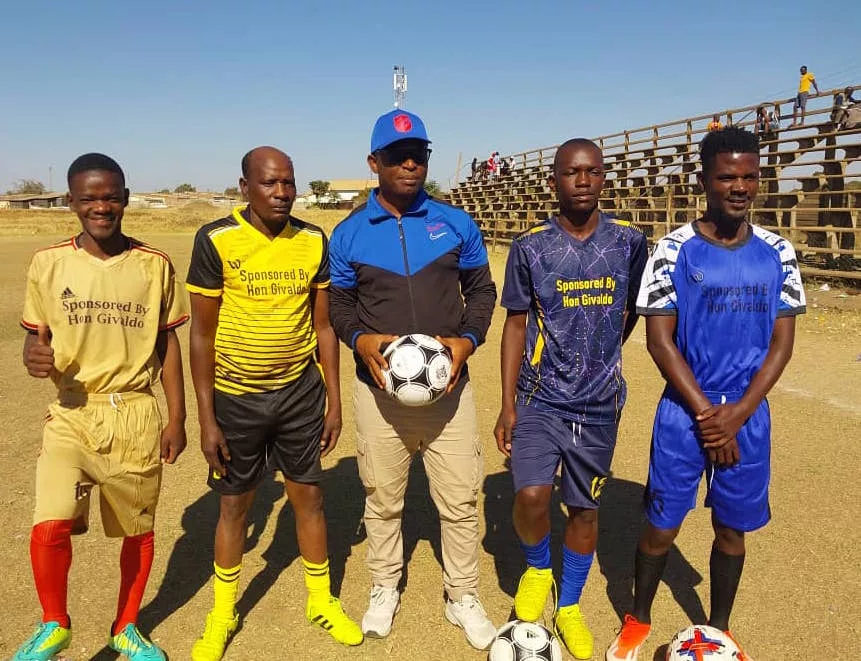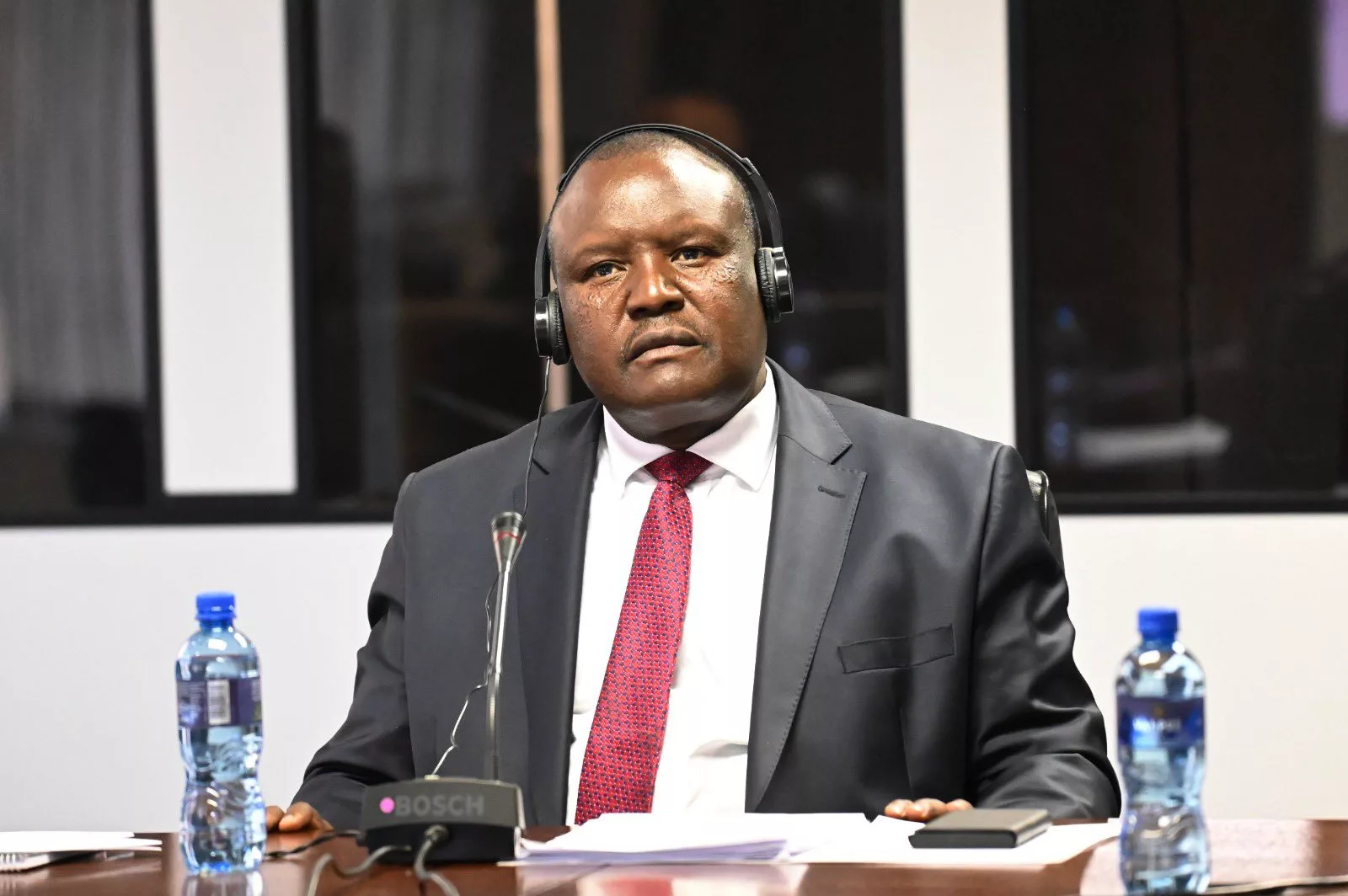|
Getting your Trinity Audio player ready...
|
By Shumirai Maliseni
With an imploding economy and a continuously closing democratic space in Zimbabwe, students at state universities and the University of Zimbabwe, in particular, are faced with an array of challenges that they have to confront in their everyday life. Admittedly, the nature and degree of challenges faced by students differ across gender and social groups (males, females, the haves, the have-nots, and students with disability.)
However, this note serves to bring out some of the common issues affecting students at the University of Zimbabwe. The most besetting challenges that have characterized every day struggles at the University of Zimbabwe include limited access to on-campus accommodation, transport problems, a poorly developed online service system, securing industrial attachment in a collapsing economy, and captured student’ representation. Arguably, students’ life and the challenges they face at the University of Zimbabwe are a micro-commentary of the state of the economy and politics in the country.
One of the most defeating challenges that define everyday student life at the University of Zimbabwe is the lack of access to on-campus accommodation. UZ has an average student population of over 18000 but can only accommodate about 6100 students. This leaves above two-thirds of the student population as non-resident students.
Generally, the University prioritizes university on-campus accommodation to first and final-year students and students with special needs (those with disability and those enrolled in programs like Medicine). While the prioritization is rational, more than two-thirds of students will have to figure out how to travel between campus and wherever they reside, putting pressure on their time to study and attend lectures efficiently.
The downside of the current accommodation allocation system is that it is a random selection system among the priority groups, which does not decipher the specific accommodation needs of the targeted groups of students. Previously, while accommodation was reserved for the first and final years, further priority was given to those who came from outside Harare. This would minimize pressure on those who did not have homes in Harare or at least relatives who could accommodate them. With the current random selection system, there is a high probability that the few who are allocated accommodation are those who ordinarily reside in Harare (mostly so because they have better access to online accommodation application platforms than those from outside Harare), depriving those who come from further to access accommodation.
Lack of accommodation puts transport pressure on students. Getting transport to and from campus is such a huge hustle that non-resident students face on a daily basis (except very few who are picked up by their parents, spouses, or partners). With an underdeveloped public transportation system characterized by the Zimbabwe United Passenger Company (ZUPCo) and mushikashika (illegal shuttles), students spend an average of two hours waiting for transport to be ferried to or from campus during peak hours. For some who could not even afford the ZUPCo fares, they are forced to walk longer distances averaging seven kilometers and some are reported to walk from suburbs like Mbare, Avondale, and Mabelreign among others to/from Mt Pleasant (over 10KM minimum radius).
The time spent either waiting for transport or walking generally interferes negatively with the student’s learning processes depriving them of time to study, attend discussions or attend lectures, thereby contributing to the low pass rates that the University is currently experiencing. Many cases of absenteeism and delays in attending lectures are attributable to the transport hustle that students face.
Students have to battle with the challenge of an underdeveloped online service system and poor network connectivity. Although the University of Zimbabwe is the biggest and oldest in the country, it has the poorest online service rating compared to newer universities. Starting from the application for admission, the university still requires that students submit application forms physically.
This has resulted in unnecessary queues of students seeking physical interfaces to get assistance. Beyond application for admission, the university’s online system, E-Mhare, is always laced with technical challenges that require students to jump from office to office seeking help, which they hardly get easily because of the inefficiency with which the system runs. To be specific, the system may refuse to register some courses, or some courses are missing from the system, or tuition paid is not reflected in the system and so many such challenges.
A poorly developed online service system has constrained the capacity of students to learn particularly during the peak of the COVID-19 outbreak. The university developed an online learning platform E-LMS to allow students to continue learning during the peak of the Covid-19 outbreak. However, students did not have access to efficient connectivity to allow them to interact on the platform, and owing to poor network connectivity at the University, even the lecturers could not use the platform. Although students were levied for data that they would receive from telecommunication companies, the data either would not be issued or it would come way too late when students would have written exams.
For this reason, students and lectures started using WhatsApp as a platform for learning which, as much as it was an alternative, was and is not the best way to conduct lectures.
With all these challenges, where is student representation? A few decades ago, student unionism was vibrant and brought necessary checks and balances necessary for students to enjoy their studies and stay at the University of Zimbabwe. However, because students’ unionism proved to be a breeding ground for opposition politics, politicians found it necessary to silence student unions by incarcerating union leaders through expulsion and arrests, capturing the whole setup and forcing it to be supportive of the existing political status quo.
Thus, although student representation still exists, the leaders are more afraid to air out their views on the current state of affairs at the university for fear of the unknown. Also generally, the current student politics is distinctively divided into dominant political parties, ZICOSU (ZANU PF) and ZINASU (CCC). This scenario makes it difficult for student unions to effectively represent students on issues and challenges they face on a daily basis as this would be interpreted as politicking.
In short, everyday life at the University of Zimbabwe is a reflection of the state of affairs in Zimbabwe characterized by a failing economy and repressive politics. The challenges explained in this note have weighed down on students socially and economically, such that UZ life is a life of “making ends meet” (kubatanidza). There is an increase in students resorting to vending to raise money for transport and food. Further, some are torn balancing between work and school in order that they get balanced, while some resort to prostitution (both female and male students). The few that are enjoying their life at UZ are those from well-to-do families but represent a very insignificant fraction of the entire UZ population. The majority of students are struggling and there is a need for immediate action to address these challenges with the university administration and government.
SOURCE: ZIMBABWE COALITION ON DEBT AND DEVELOPMENT (ZIMCODD)






